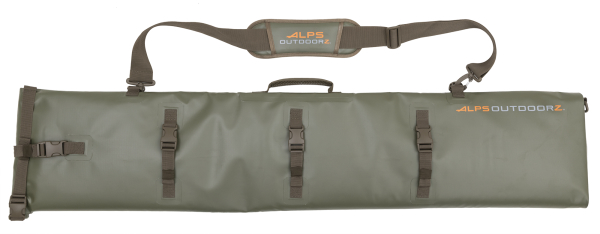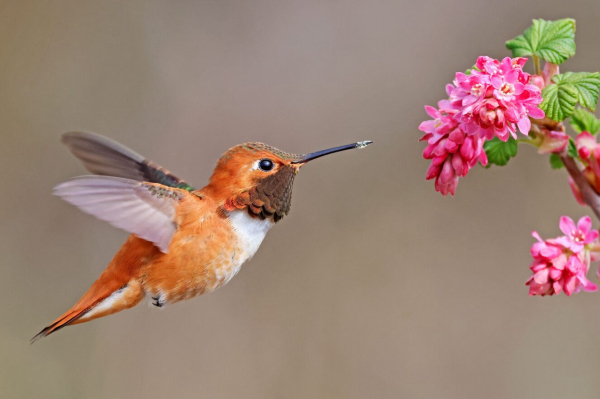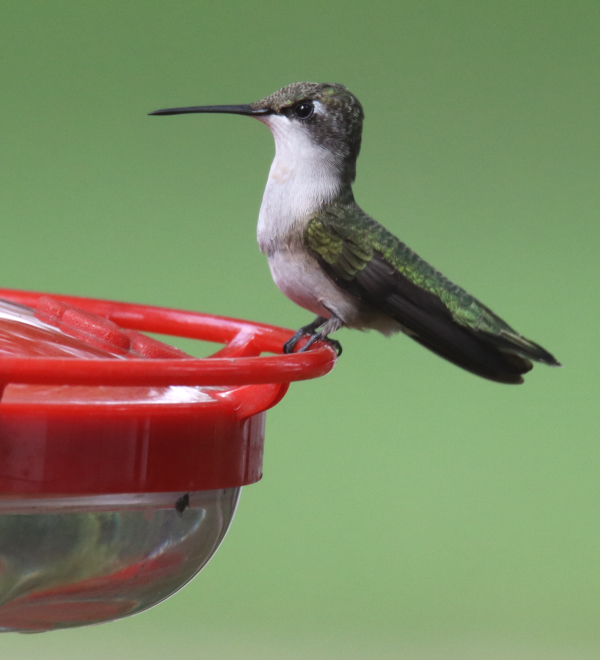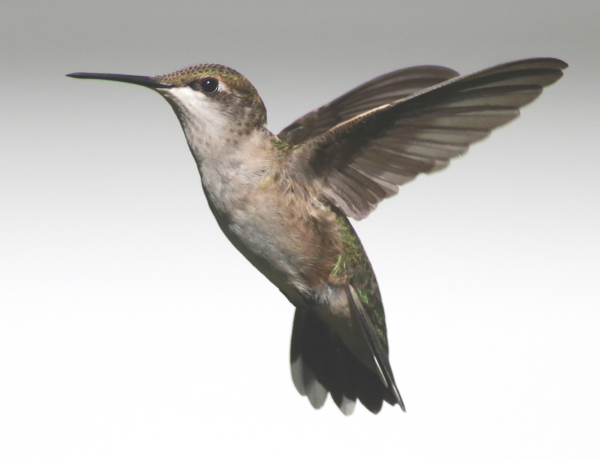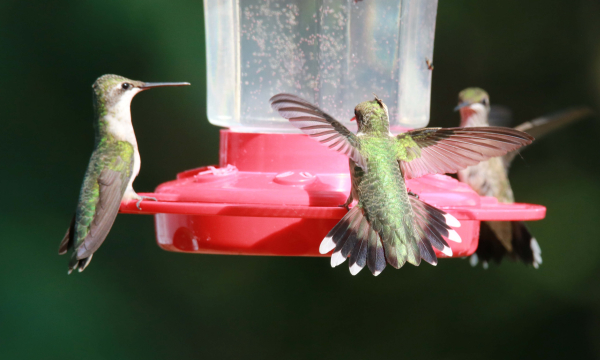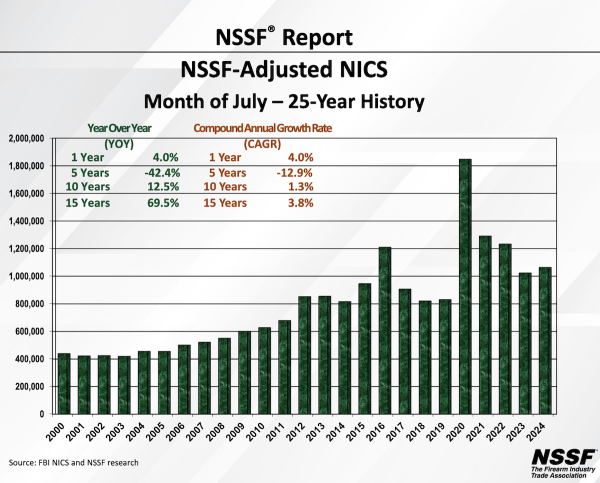Hardcore Waterfowl’s New Rugged Series Full Body Mallard
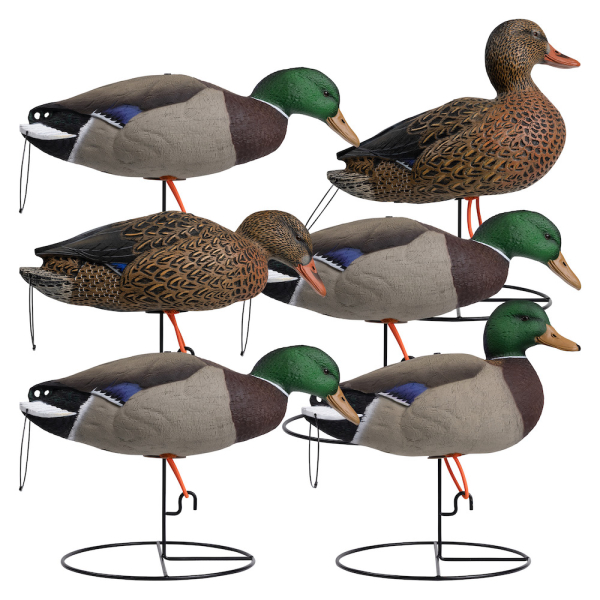
Any waterfowler who has experienced a fluttering wall of mallards descend into a field set will immediately be hooked. There is something about a big flock of ducks swooping in over the decoys that stir the soul – the image is enduring and the stuff of dreams.
Mallards may be the most common duck species on Earth, but don’t expect all of them to be unsophisticated. In recent decades, hunting pressure has increased commensurate with season length and generous bag limits – not to mention better decoy options. It’s likely the old hen out in front of the flock has seen lots of shabby decoys before, and she’s more than willing to sound the alarm for another “go around” – or four – before fading over the horizon.
While field hunting ducks is often a collateral benefit of goose hunting, expecting mallards to center up and finish perfectly in the “hole” over nothing but goose decoys – which was standard operating procedure for decades – isn’t a certainty. While full-body mallard decoys have become a standard item in many goose trailers, there remained plenty of room for improvement, and that’s just what Hardcore Waterfowl has pulled-off with their new Rugged Series Full Body Mallard. Read more

